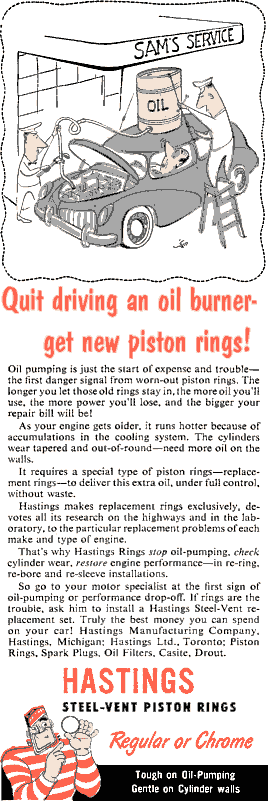 |
That stupendous Golgotha set is only one of 39 used in the filming of The Robe. One extends more than 200 feet from the camera to a distant throne. That means that lenses must be stopped down sharply to increase their depth of focus. Under the hopped-up lighting, any imperfection in the scenery stands out like a cracked ceiling in the Waldorf-Astoria. Broadened real-estate, however, is not the only key to Cinemascope's dramatic punch. For years, the three-units-high, by four-units-wide, standard movie frame has been a miniature picture window through which you watch a story unfold in peephole glimpses. Each time a director wants to widen your view, he moves this window to the right or left, and it takes you the better part of a second to readjust your vision. Cinemascope Helps Focus Attention In Cinemascope, there are no picture windows. Your eyes roll casually about an unframed scene, dismissing unimportant details to focus on the story action. Don't think Cinemascope's directors and technicians aren't helping you along. Suppose they want you to swing your attention from Paulus, the centurion, to Marcellus, owner of the robe. The actors are 50 feet apart. But the camera makes no hasty, "panning" sweep to bridge the gap between them. Instead, an audio engineer boosts the pickup from one of the three mikes used to produce stereo sound. Lighting experts slowly shift their spots from Paulus to Marcellus, and the legate turns his head slightly toward the camera. You do the rest, coached by the intensified output of the loudspeaker nearest Marcellus, and the eye-catching highlights on his face.
END |